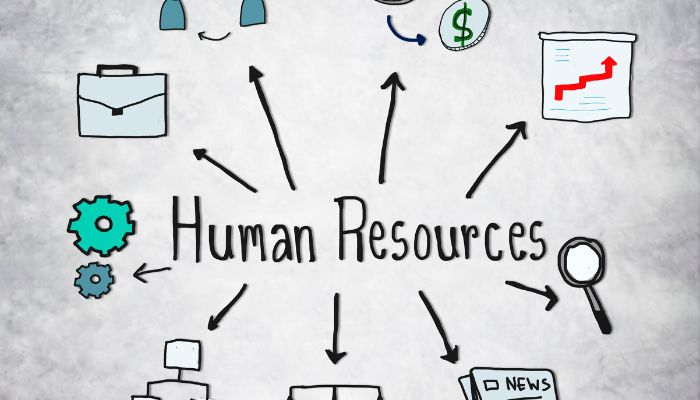These are times for transformation and restructuring of the global economic system. Every nation has to individually participate in this rebuilding process to ensure that the overall transformation doesn’t take too much time. However, whenever economic restructuring takes place or whenever new business models are required to make the suffering economy turn a corner, there are certain groups of people that are often excluded from the process or not given equal opportunities to be a part of it. These are the marginalized populations that are discriminated against on the basis of prejudices, stereotypes, and stigma.
Marginalized populations can be differentiated from the rest based on a number of factors. Some of these factors include availability of very few employment opportunities or long-term employment, social discrimination, lack of education, and improper or no access to quality healthcare amongst others. This is why building an inclusive workforce that advocates equality and refutes the idea of discrimination on the basis of gender, social or economic status, race, or any other.
You might also be interested to read: Want Diversity And Inclusiveness? Employee Clubs Is The Way Forward
By knowing how to engage with the marginalized populations, businesses and their leaders can set an example for others to follow worldwide. What it will also do is create employment opportunities for the marginalized populations that will help them achieve a sense of identity, economic security and stability, and physical and mental well-being. This is not only the need of the hour but what future of work needs to look like.
One great way of eliminating traditional barriers to employment for the marginalized populations is by giving them special attention and making them an integral part of economic restructuring, rebuilding, or transformation process no matter when or how often it takes place. This can help in creating easier and rapid employment opportunities for them.
Marginalized populations have always been suffering from lack of employment opportunities or no opportunities at all. What employers need to do is make the most of this opportunity to utilize this untouched pool of talent. The government along with several companies have already started this process of creating employment opportunities for a population for them. It is a win-win situation for the companies that are taking this step as well as the vulnerable population.
However, companies that are planning have to lay the groundwork out to ensure that this process is as smooth and streamlined as possible. The first and possibly the most important thing that employers need to do is to ensure that workplace biases are no longer commonplace. Diversity in the workplace is the first requirement for this process to be a success.
The future of work needs to be a lot different from what the marginalized populations have been accustomed to in the past. This is the only way for this vulnerable group of people to become financially and socially empowered, self-sufficient, and confident in their abilities. On the other hand, employers can look forward to employing people with huge untapped potential. If things work out well, it could turn out to be a successful partnership for both the parties involved.
Reference: “Inclusive work: Marginalized populations in the workforce of the future” | Nes Parker, Jessica Galimore, Nahal Jalali-Farahani, Alisha Malkani, Kate Shepard, and Vera Kiefer on 17 August 2020
You might also be interested to read:
Related Topics:






